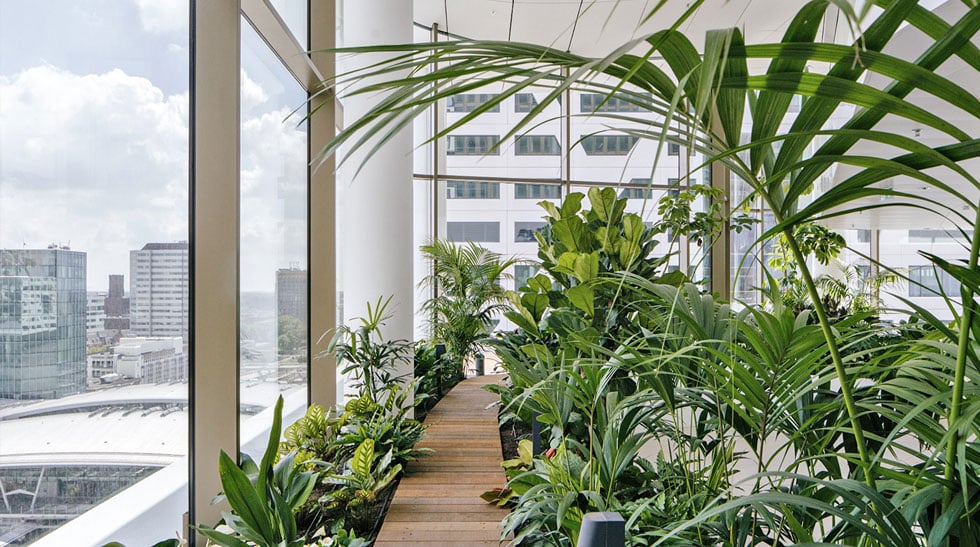Nature and the workplace

I come from a professional background and have spent countless hours of my working life under artificial fluorescent lights, on grey carpeted floors, within white-painted walls, surrounded by concrete, asphalt, traffic, and industrial noise.
Once, I found myself in a heated argument with the head of HR. Despite having office spaces with natural light available, myself and seven others, including some in management, were confined to a cramped, windowless space within a warehouse. Not only was I denied the option to switch offices, but the very idea seemed alien to HR.
To fully understand the significance of this situation, we can trace our origins back to LUCA, the first single-cell organism that, like humans, responded to its environment. Since LUCA, life has evolved significantly, with humans now standing as the most intelligent and self-aware beings on Earth. However, this evolution has largely occurred within natural settings. Our biological makeup is designed for survival and thriving in nature, explaining why we feel more content and at ease in natural surroundings compared to bustling urban areas.
Modern life has created a notable detachment from nature. While much has changed since our early days in East African savannahs, our nervous system’s responses remain akin to those of our ancestors facing threats like hungry lions. The sympathetic (excitement) and parasympathetic (rest and digest) responses in our nervous system play crucial roles in keeping us alert and healthy. Yet, the constant activation of the sympathetic response due to long work hours, performance pressure, social hierarchies, and artificial environments can lead to health issues.
The biological responses of our nervous system the sympathetic (excitement) and para-sympathetic (rest and digest) are responsible for keeping us both active and alert, as well as healthy and well-rested. But what if the sympathetic is always turned on? The problem with our environments today, especially some of our working ones, is that due to increased hours, pressure to perform, social hierarchy, unnatural and sometimes toxic surroundings, most of us are living with a severely overactive sympathetic nervous system.
This continuous sympathetic activation elevates blood pressure, releases adrenaline and cortisol (the stress hormone), which the body can become addicted to. Prolonged exposure to these stressors can result in exhaustion, mental health challenges, and physical ailments.
Here are some tips to integrate nature into the workplace:
1. Natural lighting:
Natural lighting: Exposure to natural light aids in Vitamin D production, enhances circadian rhythms and sleep quality, boosts focus and productivity, and contributes to overall well-being.
2. Bring in some nature:
Incorporate nature elements: Indoor plants reduce stress, enhance creativity and focus, and improve workplace satisfaction
3. Connect with nature on your lunch break:
Connect with nature during breaks: Take walks or have lunch outside in green spaces, water office plants, or sit near windows to benefit from nature’s calming effects.
4. Burn essential oils in the workplace:
Use essential oils (with consent): Essential oils create a serene atmosphere, improve focus, purify the air, and uplift mood. Popular options include Geranium, Rosemary, and Lemon.
5. Grounding technology:
Explore grounding technology: Grounding or earthing reconnects you or your devices to the earth, offering positive effects on physical well-being and device usage experience.
While the adage ‘nature is healing’ is familiar, a new scientific field called eco-psychosomatics challenges us to see that humans and nature are inseparable. This perspective underscores the impact of nature on our health and urges us to reconsider our relationship with the natural world. For a deeper dive into this topic, consider reading ‘The Healing Code Of Nature’ by Clemens G Arvay.

0 Comments